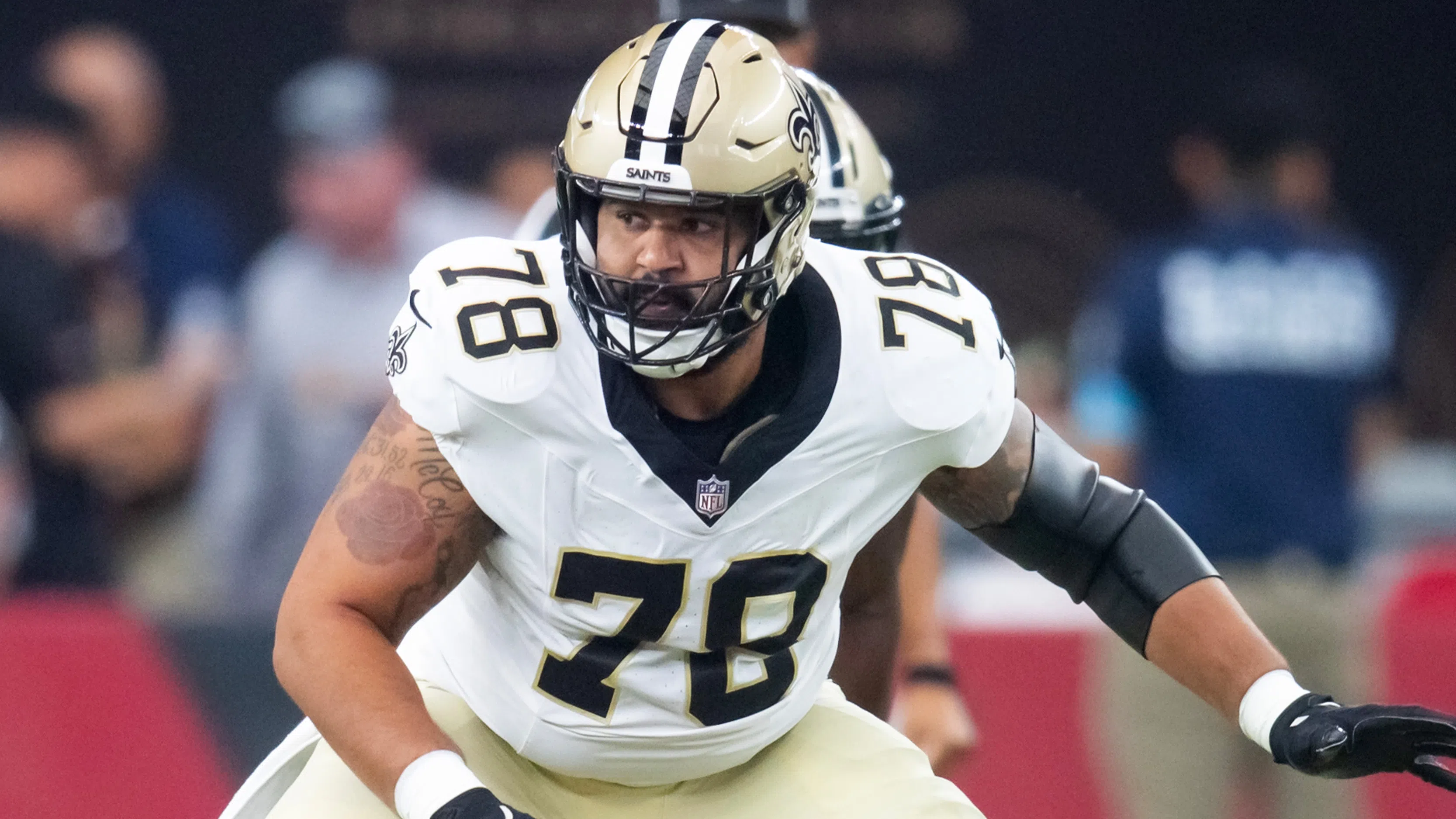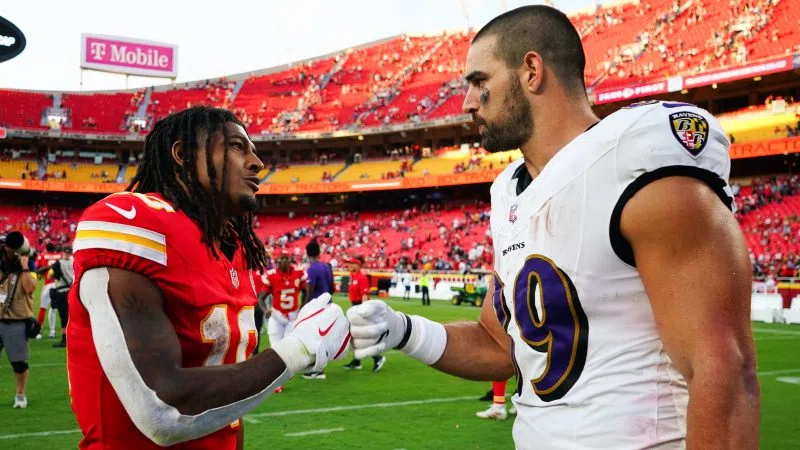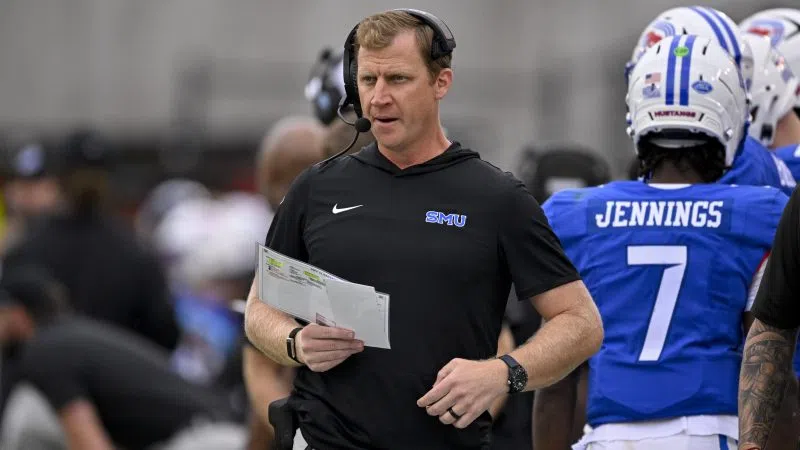
By Ross Jackson
The impact of an NFL center is always hard to quantify. The position has trouble gaining national recognition because the names of its players are hardly mentioned on broadcasts for doing anything positive, often only uttered if there was a blown block or some snap exchange issue with the quarterback.
The New Orleans Saints felt the absence of their center last year so strongly that it serves as evidence of both the importance of the position and how remarkably good Erik McCoy is at it. McCoy, starting center for New Orleans, is one of the best in the league at his position.
From getting downfield to throw blocks on big breakaway plays to pre-snap checks and identification, from the big things to the little things that matter most, McCoy is as reliable as they come.
In order to help quantify his impact on team performance, we filtered last year’s season down to two categories: with McCoy and without McCoy.
The only criteria was that the center either was or was not present for at least 10 snaps. After doing so, it’s obvious how much more productive and protected the Saints offense was with McCoy on the field.
Games with Erik McCoy (More than 10 snaps)
Pressure rate: 31.7% (No. 8)
Sack percentage: 5.7% (T-10)
Dropback EPA: 30.97 (No. 17)
Rush EPA: 18.52 (No. 2)
Yards per play: 6.2 (T-No. 2)
Yards per rush: 4.9 (T-No. 5)
Record: 4-1
This group of games (Weeks 1, 2, 11, 14 and 15) included four of the team’s five wins during the regular season. It also pushed the Saints into the top ten, sometimes top five of important offensive categories.
The EPA categories take into account game situations such as down, distance, score and clock as a means of measuring production relative to what is statistically expected. In each passing and the run, particularly the run, McCoy helped the team perform above expectation by keeping quarterbacks clean and paving the way for ball carriers.
New Orleans was also a top-ten team in limiting pressure and sacks with McCoy on the field. As the cornerstone of the offensive line, McCoy continues to be a standout by helping with setting protections and organizing the blocking unit.
Games without Erik McCoy (10 snaps or fewer)
Pressure rate: 37.5% (No. 25)
Sack percentage: 6.5% (No. T-17)
Dropback EPA: -63.65 (No. 31)
Rush EPA: -30.78 (No. 15)
Yards per play: 4.9 (No. 27)
Yards per rush: 4.2 (T-No. 17)
Record: 1-11
Over this group (Weeks 3-10,13 and 16-18), the Saints won just one match against the Atlanta Falcons in then-interim head coach Darren Rizzi’s first start.
Each and every metric or result plummeted last year without McCoy. Both phases of the game struggled with the biggest drops occurring in the passing game, but even rushing production fell from top to near-top of the league to a middling level of production.
McCoy wasn’t the only player missing for these games. The team had three different starting quarterbacks, a rotation along the interior of the offensive line as a whole and hurt skill position players throughout the season as well. But it’s easy to see how much of an impact McCoy had on his own in helping the offense settle and execute at a high level.
All games in 2024
To help generate the full picture, here are all of the same statistics and their league rankings over the team’s 17-game season both with and without McCoy. This provides context to the totality of the season and how his participation impacted it in either direction.
Pressure rate: 36.2% (No. 22)
Sack percentage: 6.3% (No. T-14)
Dropback EPA: -32.68 (No. 28)
Rush EPA: -12.26 (No. 10)
Yards per play: 5.3 (No. 17)
Yards per rush: 4.4 (T-No. 13)
Record: 5-12











